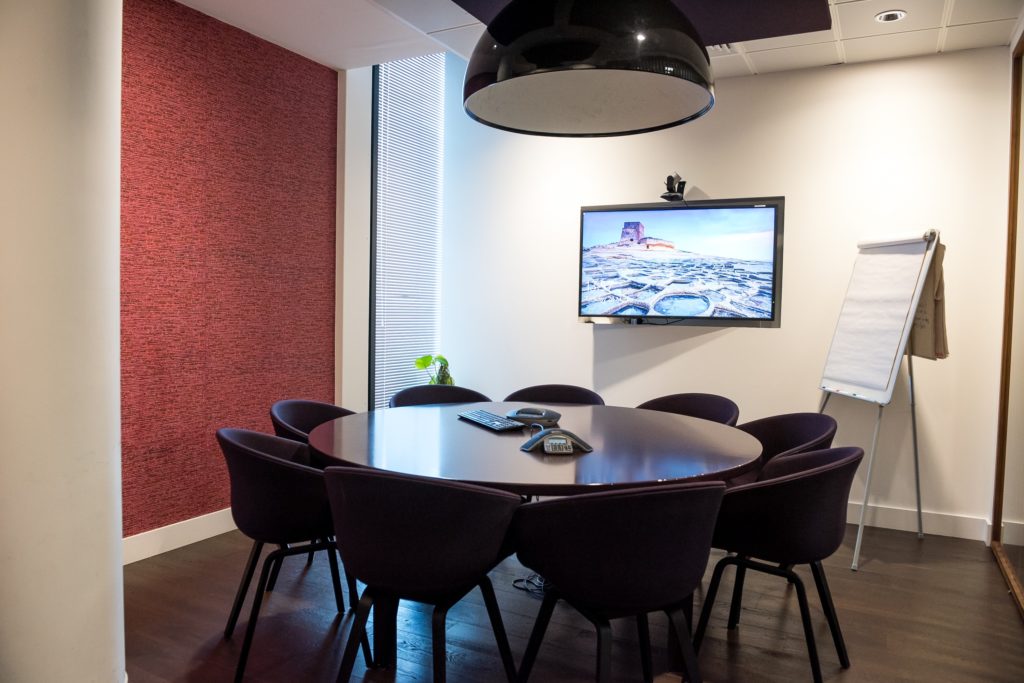
The year is 2050.
A zombie outbreak has forced everyone into their homes. Companies are scrambling to get work done. Would-be large meetings are transitioned to video conferences, and employees are struggling to get by.
Replace 2050 with 2020, and the zombie outbreak with a novel strand of the coronavirus, and you have where we are today. Like it or not, many employees who have never worked remotely are suddenly working from home, and managers are trying to figure out how to keep things chugging along without the ability to stick everyone in a big conference room.
Thankfully, today’s video conferencing tools like Zoom and WebEx (or FaceTime, in a pinch) make it easier than ever to host meetings remotely. But that doesn’t mean it’s easy! Some things just don’t translate well into a digital environment.
Even so, the show must go on. Here are our tips for running a video meeting that isn’t a total waste of time:
- Instruct everyone to mute when they aren’t speaking. Okay, we get it: this is the most obvious suggestion of all time. And yet, we bet that everyone reading this blog has been on a conference call or video meeting where constant background noise from a participant takes away from the whole meeting. People may not listen, but a reminder at the beginning of the meeting that everyone should mute when they aren’t speaking may help catch a few who would’ve otherwise forgotten.
- Create an agenda. Video conferencing as a format is not as conducive to spontaneous discussion as an in-person meeting, and we find that a structured agenda helps greatly in guiding the conversation along. Even if it just covers a few points with a rough time outline, starting the meeting with everyone on the same page will help scoot things along.
- Consider a “roll call” structure. For the same reason we recommend creating an agenda, we also recommend that you consider a “roll call” or “call-and-response” structure. Rather than asking, “alright, what does everyone think about that idea?,” ask “okay, John, we’ll start with you–what do you think?”. Going down the list of attendees and asking for responses or questions will feel awkward at first, but the structure gives everyone a chance to speak and avoids people talking over one another.
- Don’t let yourself get distracted… It’s much easier to get distracted when you’re staring into a laptop camera than it is when you’re sitting and looking someone in the face, at least in our experience. To the extent that you can, resist the urge to tab over to Twitter or Slack during the meeting. And remember: on many clients (Zoom included), meeting hosts can see all private messages!
- … But don’t take yourself too seriously. Then again, if you go in with the expectation that things will be different over video than they are in an in-person meeting, you’re going to have a much better time. Your employees are trying their best and getting used to this just like you are. Expect a few missteps and don’t beat anyone up over a dog barking or a kid running through the screen. We’re all human!
You’ll find that, as with anything, the more virtual meetings you run, the more you’ll get the hang of how best to manage them. Whatever your style happens to be, your employees will quickly get up to speed and those awkward moments of people talking over each other will happen less frequently over time.
We’ll be among the first to admit that there’s nothing quite like being there in person, but these days, technology is a darn good substitute. With an uncertain timeline for when we’ll all be back in the office together, now is the time to embrace video conferencing tools if you aren’t already.
—
Photo by Arlington Research on Unsplash
